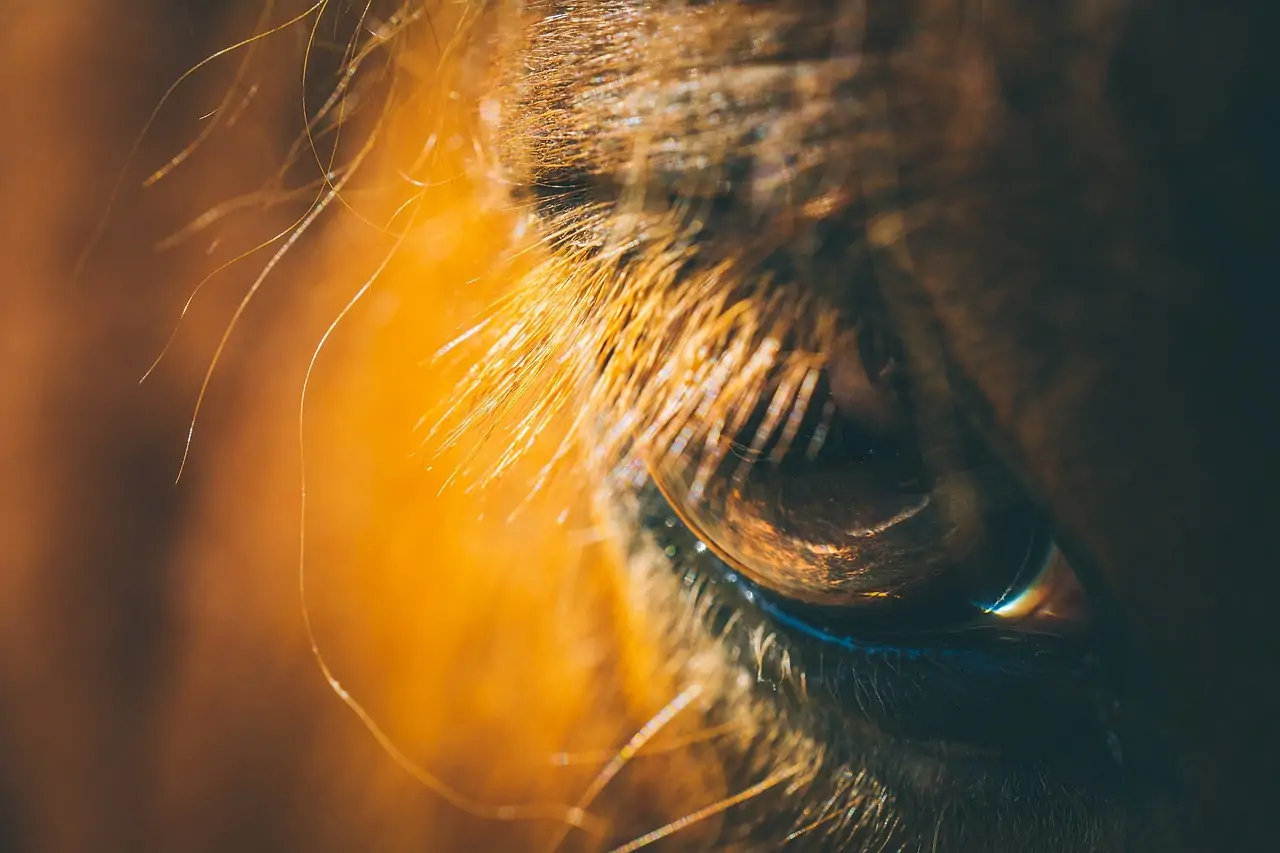Post-Traumatic Stress Disorder (PTSD) is a debilitating mental health condition that affects millions of people worldwide. Traditional therapies and medications often provide relief, but for some, these methods are not enough. Enter equine therapy, an emerging and highly effective form of treatment that leverages the unique bond between humans and horses.
In this blog post, we will explore how equine therapy is helping individuals with PTSD, share compelling success stories, and delve into the techniques used in this transformative treatment.
What is Equine Therapy?
Equine therapy, also known as equine-assisted therapy or horse therapy, involves interactions between patients and horses to promote emotional healing and personal growth. The therapy can take various forms, including:
- Equine-Assisted Psychotherapy (EAP)
- Equine-Assisted Learning (EAL)
- Hippotherapy
Each type of equine therapy focuses on different aspects of mental health and physical rehabilitation, making it a versatile option for treating PTSD.
Why Horses?
Horses are highly sensitive animals that can mirror human emotions, making them particularly effective in helping people with PTSD. Their large size and gentle nature create a unique dynamic that fosters trust and confidence in patients.
According to a study published in the Journal of Traumatic Stress, individuals who participated in equine therapy showed significant improvements in PTSD symptoms, including reduced anxiety and depression levels.

Success Stories
A Veteran’s Journey
John, a former army veteran, struggled with PTSD for years after returning from combat. Traditional therapies did little to alleviate his symptoms, and he often felt isolated and misunderstood. That’s when he discovered equine therapy. Within months, John reported feeling more in control of his emotions and experienced a significant reduction in his PTSD symptoms.
“The connection I felt with the horse was something I hadn’t experienced before. It was like the horse understood my pain,” says John.
Healing After Trauma
Susan, a survivor of domestic abuse, found solace in equine therapy. She had difficulty trusting people and struggled with severe anxiety. Through her interactions with horses, Susan gradually learned to trust again and rebuild her self-esteem.
“The horses helped me see that I could be strong and gentle at the same time,” Susan shares.
Techniques Used in Equine Therapy
Groundwork
Groundwork involves activities performed on the ground rather than riding the horse. This could include grooming, leading, and communicating with the horse. These activities help patients build trust and improve their non-verbal communication skills.
Mounted Exercises
Mounted exercises involve riding the horse and can be particularly beneficial for those with physical disabilities in addition to PTSD. Riding helps improve balance, coordination, and confidence.
Mindfulness and Meditation
Many equine therapy sessions incorporate mindfulness exercises, where patients are encouraged to be present and fully engaged in the moment. This helps reduce anxiety and promotes a sense of calm.
How to Get Started with Equine Therapy
If you or someone you know is struggling with PTSD and interested in equine therapy, here are some actionable steps to get started:
Find a Certified Equine Therapist
Ensure the therapist is certified by recognized organizations such as the Equine Assisted Growth and Learning Association (EAGALA) or the Professional Association of Therapeutic Horsemanship (PATH).
Visit a Local Equine Therapy Center
Schedule a visit to a nearby equine therapy center to learn more about their programs and meet the horses. This will give you a better understanding of what to expect and how the therapy works.
Consult Your Healthcare Provider
Discuss your interest in equine therapy with your healthcare provider to ensure it’s a suitable option for your specific needs. They may also be able to provide referrals to reputable equine therapy centers.
Conclusion
Equine therapy offers a unique and effective approach to treating PTSD, providing hope and healing for those who have struggled with traditional therapies. By fostering a deep connection with horses, individuals can experience significant improvements in their mental and emotional well-being.
If you or a loved one is dealing with PTSD, consider exploring equine therapy as a complementary treatment. The success stories and techniques highlighted in this post demonstrate the transformative power of the human-horse bond.
For more information on equine therapy and PTSD, visit the EAGALA website.
Remember, healing is a journey, and equine therapy could be the path that leads you to a brighter, healthier future.